

Building the future of computing at AI Expo Africa
source link: https://community.arm.com/arm-community-blogs/b/tools-software-ides-blog/posts/arm-at-ai-expo-africa
Go to the source link to view the article. You can view the picture content, updated content and better typesetting reading experience. If the link is broken, please click the button below to view the snapshot at that time.

Building the future of computing at AI Expo Africa

The AI Expo Africa is an annual event hosted in South Africa where the tech industry in Africa and beyond gather to showcase and talk about all things tech related. At the event, Arm held a three-hour developer workshop highlighting the benefits of Windows on Arm (WoA) to local developer communities through the Windows Dev Kit 2023. This was alongside live demos with Arduino Pro, Ampere’s Mt. Collins Server and Arm Virtual Hardware. The event also served as the launchpad for the Arm Developer Program in Africa.
Windows Dev Kit 2023
Microsoft initially worked on porting Windows 10 and the Windows 11 to the Arm architecture. Several members of the Arm Developer Program created experimented early builds on Arm Cortex-A CPUs across various single board computers. These experimental builds had limitations, but helped to show the possibilities of running the Windows desktop experience natively on Arm-based platforms.
Developers can now get the full Windows 11 operating system (OS) available natively on Arm64 or as AArch64 for Linux users. This is a full port starting at the kernel and all the way up to the user space of the full Windows ecosystem, which is traditionally only available on x86 platforms. This means all the familiar APIs and libraries and the same .NET developer experience as on PC and desktop. WoA also supports sustainability in computing as the Arm cores utilize less power, contributing to a lower carbon footprint. This is alongside an improved user experience featuring longer battery life and better responsiveness. These benefits act as the motivation for developers to target their applications for WoA and IT decision makers in businesses to choose WoA laptops for their workforce.
The Windows Dev Kit 2023, which was previously known as Project Voltera, is the first device to ship that is ready to use and not an experimental device. For developers, it can be used in place of a Windows 11 PC and also for all the developer workloads available in Visual Studio 2022 on a PC.
At AI Expo Africa, the Windows Dev Kit 2023 came pre-loaded with a fully supported Visual Studio 2022, Visual Studio Code and .NET 7 with native Arm support. The device was showcased on Arm’s booth and then put through its paces during the workshop. Additionally, all the Visual Studio workloads were installed successfully, including game development workloads for Unity and Unreal Engine.
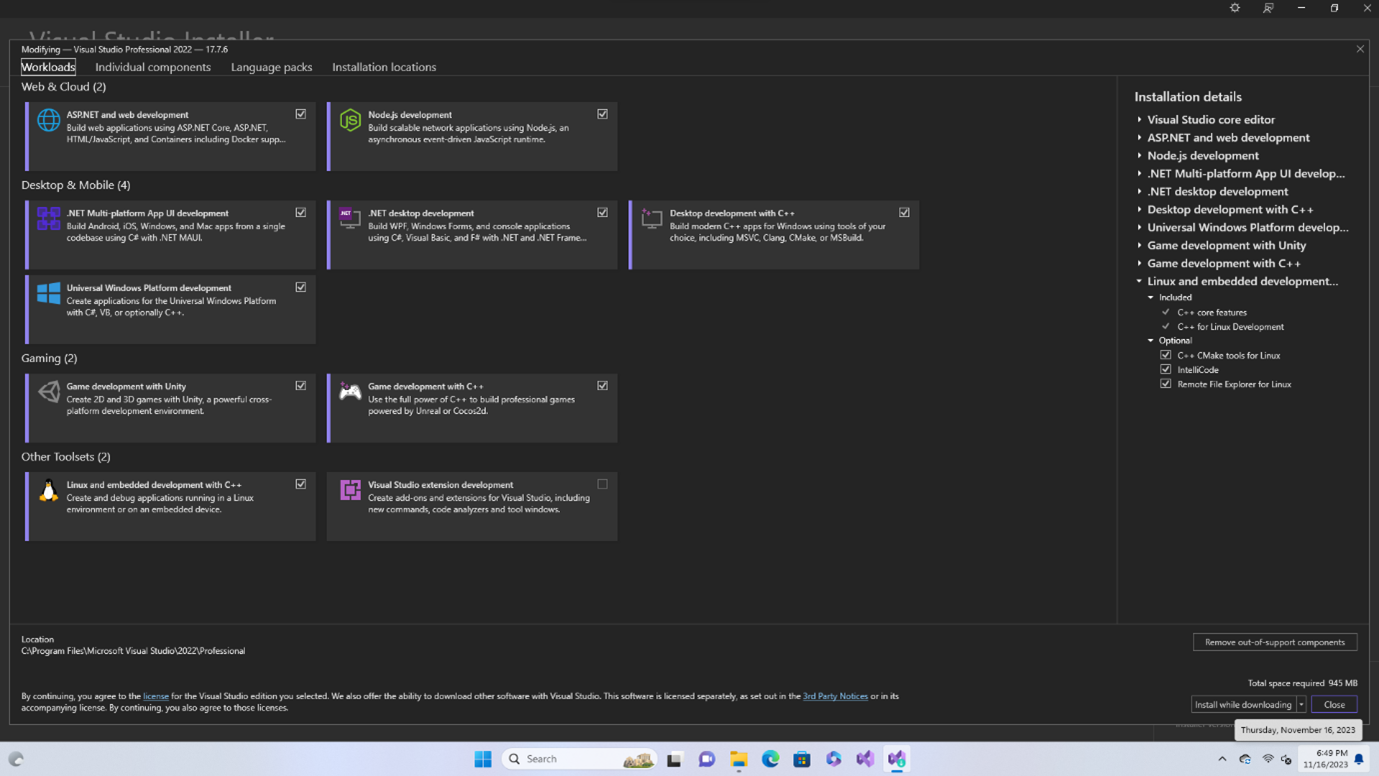
As a bonus feature, Windows 11 on Arm also includes an x86 emulation layer that allows developers to run .exe that was natively compiled for the x86 directly on WoA. This is made possible by an instruction translation layer that transpiles x86 machine code directly to ARM64, which happens transparently when running .exe. The Windows Dev Kit 2023 at AI Expo Africa showed how effective this was through being able to run applications like the Arduino IDE.
It was also possible to use the driver installed for the Raspberry Pi RP2040 Arm-based microcontroller to access the device as both a VCP (serial monitor) and Mass Storage (DFU) device. This meant it could upload sketches using the DFU. This shows the power of the Windows Dev Kit 2023 to not only be used as an application developer workstation, but also for embedded workloads with the modern Arduino platforms.

The Windows Dev Kit 2023 impressed developers of all experience levels through its ability to be seamlessly used as a PC for desktop use. Use cases varied from support for Microsoft Office natively to being a full developer workstation for application development and even Arduino.
For .NET developers, the idea of developing native Windows Forms and Windows Presentation Foundation (WPF) desktop applications on Arm was previously unheard of. However, we demonstrated how seamlessly a developer can use the exact same Virtual Studio Solution and code for both x86 and Arm platforms by using the Windows Dev Kit 2023.
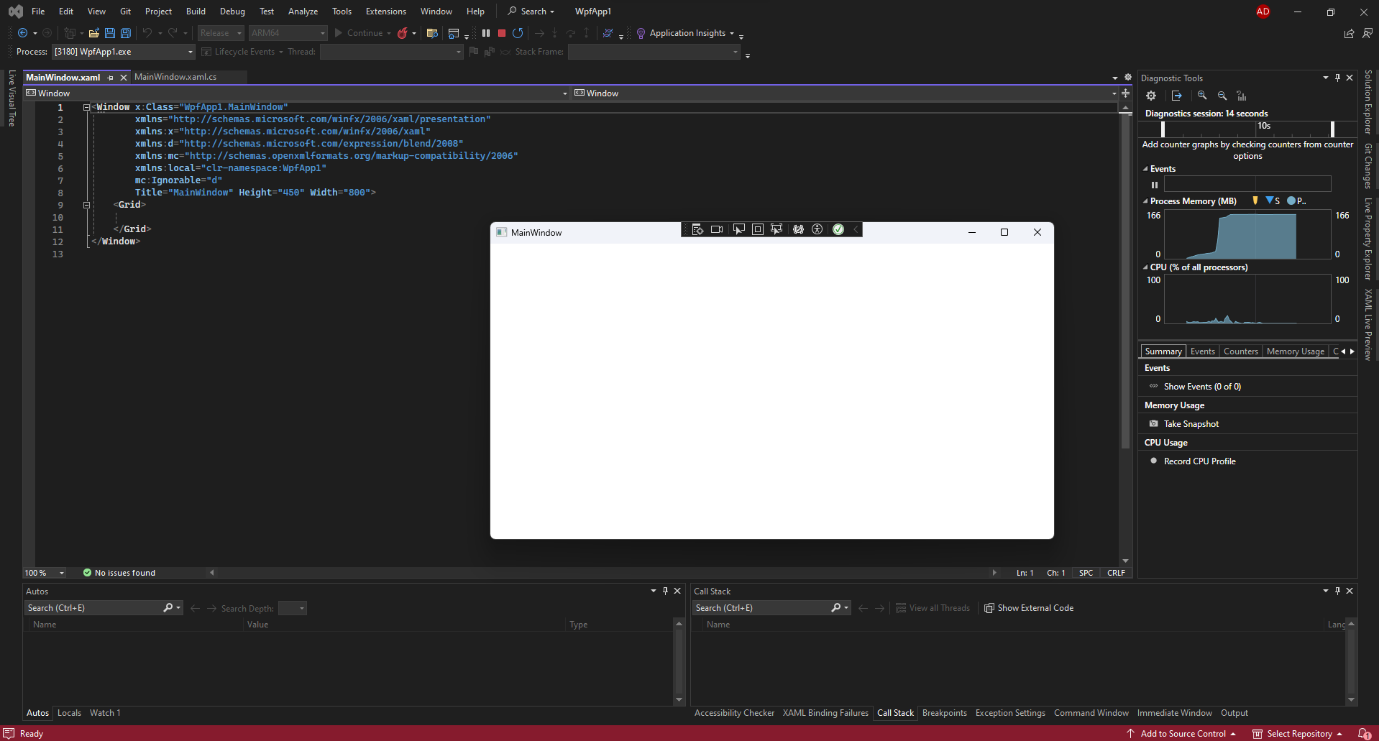
For users building using Visual Studio 2022 on a traditional x86, it is simply a matter of selecting the ARM64 target during the build step. For developers who prefer Visual Studio Code, the Windows Dev Kit 2023 also comes with native support for added performance.
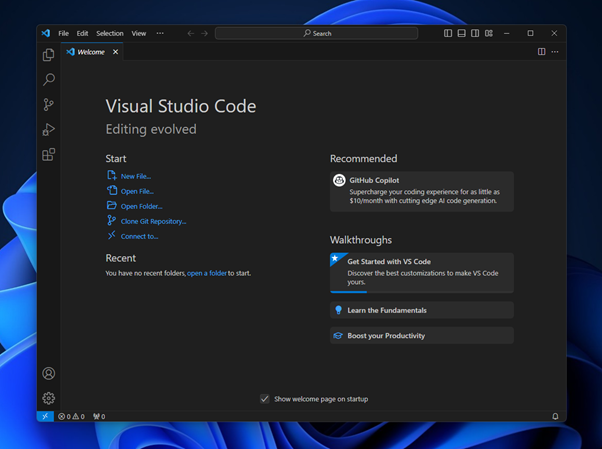
Arm Virtual Hardware
At AI Expo Africa, we also had a chance to introduce Arm Virtual Hardware in a live demonstration. This showed the value of IoT devices running in the cloud. This was relevant for developers who want to explore creating digital twins of their embedded and edge devices or for those who want to test applications without access to physical hardware. Arm Virtual Hardware offers a variety of virtualized devices, including:
- An Arm-based Android phone
- iMX based edge board computers
- The ST Micro IoT Discovery Kit, and
- Something what was of most interest to the audience, a fully virtualized Raspberry Pi 4.

Arm Virtual Hardware has been developed with Corellium and is based on their CHARM type 1 Hypervisor. What sets it apart from other emulated is approaches is that Arm Virtual Hardware implements a full virtualization of the entire board and peripherals. This is while running on native Arm CPUs on the backend. A demonstration was done showcasing the simple process of spinning up a virtual Raspberry Pi4 in a few clicks.

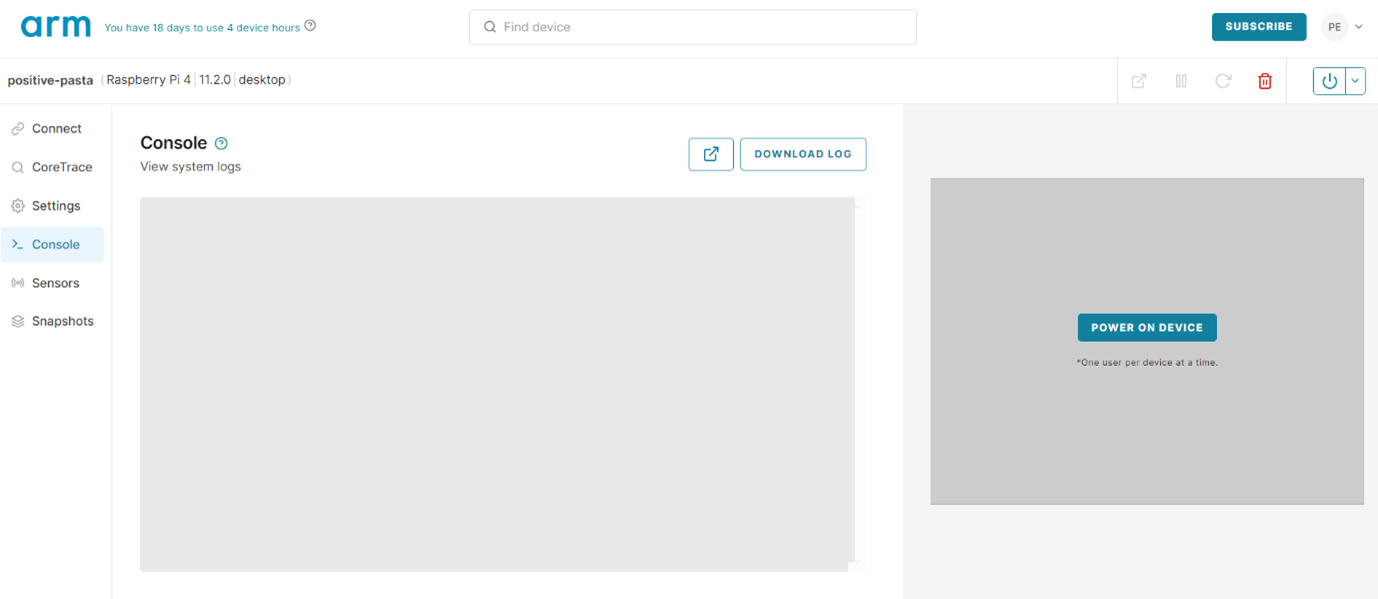
The fully virtualized Raspberry Pi 4 includes both a console and a virtual desktop that shows the full Raspberry Pi OS Desktop. This is incredibly useful for testing software builds or deployments when it is not possible to get hold of physical hardware or to save time re-flashing and managing SD cards with Pi OS images. The developers who have worked with the Raspberry Pi were impressed with the availability of the Pi Desktop, as this can be used for testing native GUI apps.
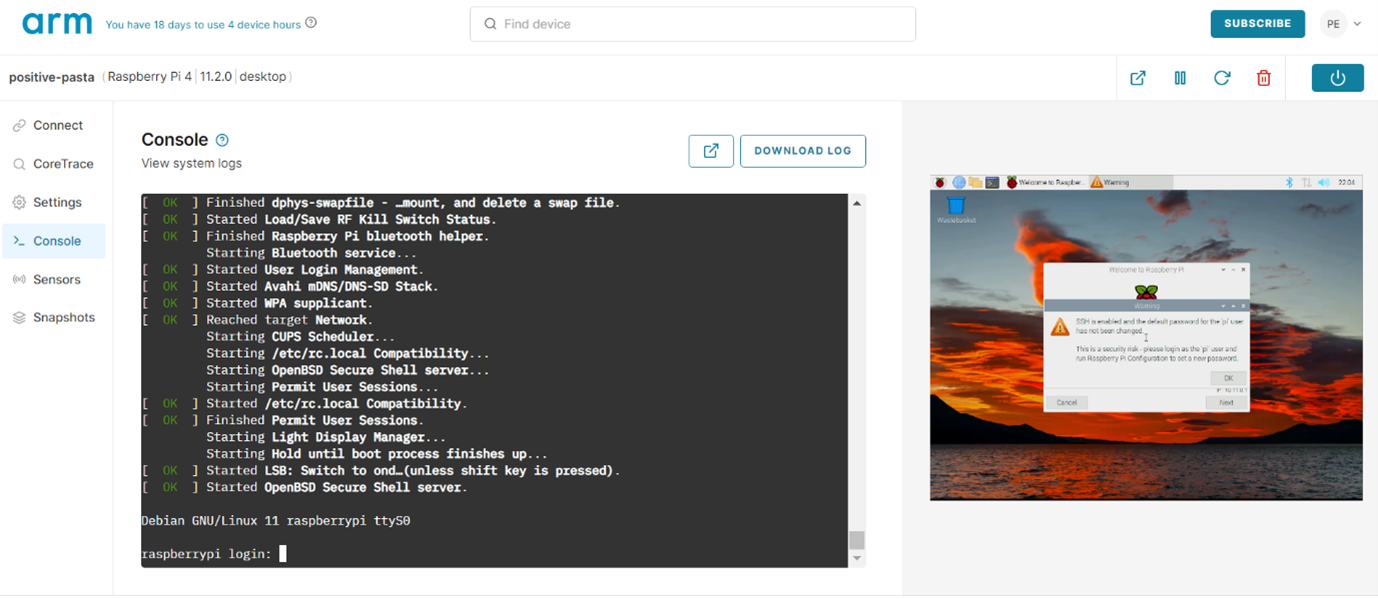
The Arm Virtual Hardware devices are also useful for doing security testing allowing developers to test scenarios and perform pen testing in safe sandboxed environments.
Ampere Mt. Collins
As the final highlight at AI Expo Africa, we had a full Ampere Mt. Collins Server on display. Ampere’s Arm-based Altra CPUs are designed for the server and high-performance computing (HPC) markets. The Mt. Collins system on display had two Altra CPUs each with 80 Arm Neoverse N1 cores giving a total of 160 cores. The cores were showcased using htop, which shows each core running as illustrated for a single CPU below.

The Neoverse N1 core runs anywhere from 1.6 to 2.5 times faster than the Arm Cortex A72 CPU – this is the equivalent to nearly 100 Raspberry Pi 4s. This became a talking point throughout the event together. Another talking point was the fact that Arm CPU cores offer improved performance with reduced power consumption, which also equates to less thermal dissipation.
Summary
The three-hour workshop provided an opportunity to showcase the vast spectrum of Arm’s ecosystem from embedded to cloud. This caters for all levels of developers, including the millions of application developers worldwide. The Arm Developer Program is the starting point for developers wanting to learn from industry experts and collaborate with each other. Arm also provides a wealth of developer resources to support developers to build the future on Arm.
As an Arm Developer Program ambassador, I recommend any developer to dive into these Arm resources that are available across the vast spectrum of computing that Arm technology touches.
You can learn more about the Arm Developer Program here.
Peter Ing is a Distinguished Ambassador as part of the Arm Developer Program.
Recommend
About Joyk
Aggregate valuable and interesting links.
Joyk means Joy of geeK